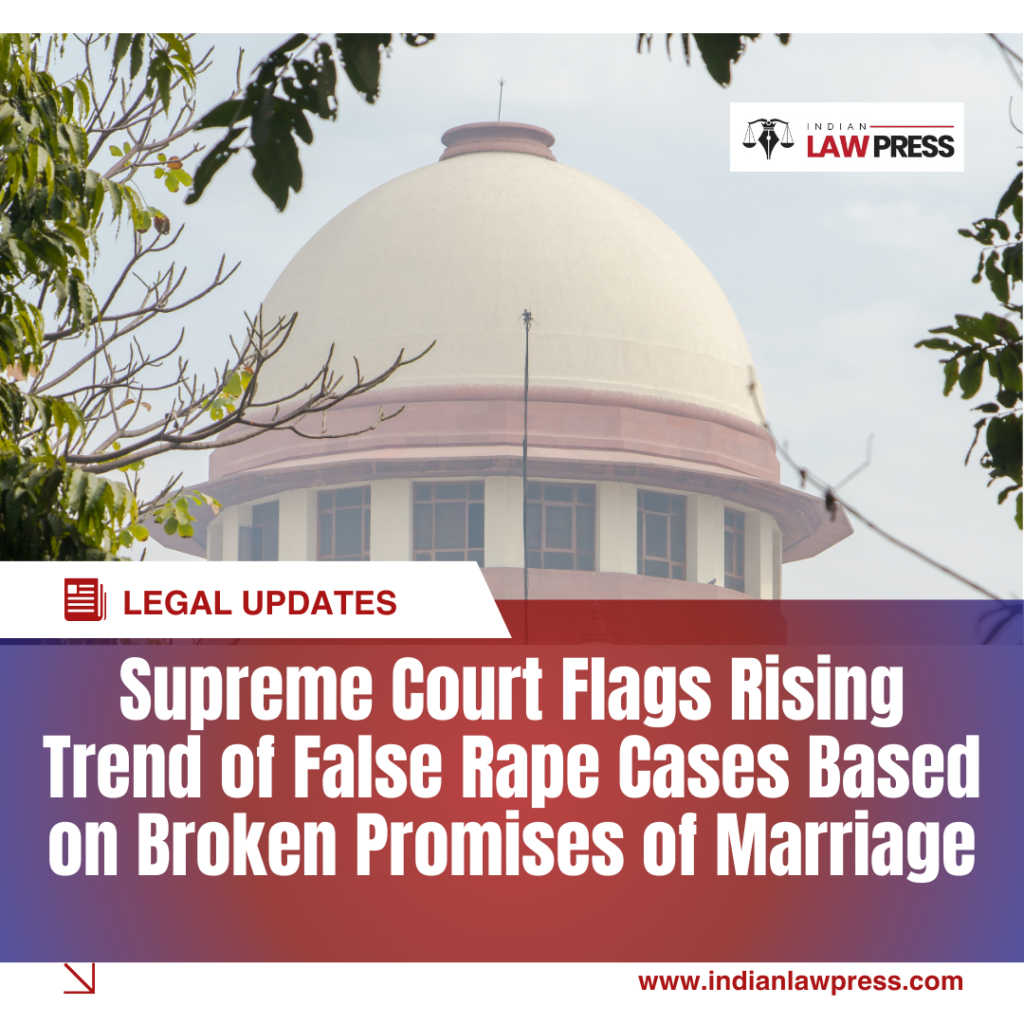The Supreme Court clarified that mere presence at a crime scene doesn’t make a person part of an unlawful assembly under Section 149 IPC. Learn how the Court defined “common object” and why it acquitted 10 accused in the Bihar mob violence case.
Key Takeaway
The Supreme Court of India recently clarified an important aspect of criminal law — simply being present at a crime scene does not automatically make a person part of an unlawful assembly under Section 149 of the Indian Penal Code (IPC).
Case Background
On October 7, 2025, a Supreme Court bench comprising Justice J.B. Pardiwala and Justice R. Mahadevan delivered a significant ruling while acquitting 10 individuals involved in a 1988 community clash in Bihar’s Katihar District.
The accused were earlier convicted under Sections 148, 149, 307, and 302 of the IPC for their alleged participation in the violent incident. However, the apex court found that the prosecution failed to prove that the accused shared the common object of the unlawful assembly — a key requirement under Section 149 IPC.
What Section 149 IPC Says
Section 149 states that if an offence is committed by any member of an unlawful assembly in prosecution of the common object of that assembly, every person who is a member of the same assembly shall be guilty of that offence.
However, the Court clarified that mere presence at the crime scene is not enough to establish guilt. The prosecution must prove that the accused shared the common object and participated in furthering it, either through direct acts or clear circumstantial evidence.
Court’s Observation: Who Is a “Bystander”?
In its detailed judgment, Justice Pardiwala emphasized:
“Mere presence at the scene does not ipso facto render a person a member of the unlawful assembly unless it is established that such an accused also shared its common object. A mere bystander, to whom no specific role is attributed, would not fall within the ambit of Section 149 of the IPC.”
The Court explained that to decide whether a person was an innocent bystander or shared the group’s criminal intent, certain tests must be applied.
Supreme Court’s Test to Identify Common Object
The Bench outlined seven key factors to help determine whether a person was part of the unlawful assembly:
Time and place of the assembly formation
Conduct and behavior of its members at or near the scene
Collective conduct of the assembly versus individual actions
Motive behind the crime
Sequence of events and how the occurrence unfolded
Nature of weapons used
Extent and nature of injuries inflicted
These factors together help distinguish between active participants and passive onlookers.
Legal Precedent: Masalti v. State of Uttar Pradesh (1964)
The Court reaffirmed the principle laid down in the Masalti case (1964 SCC OnLine SC 30), emphasizing that in mob-related cases, courts must exercise extreme caution and rely on consistent evidence from multiple reliable witnesses before convicting individuals.
Court’s Warning to Trial Courts
The Supreme Court warned that vague or general allegations against a large group of accused persons cannot be the basis for conviction. Instead, courts must look for “cogent and credible material” that shows clear involvement and a shared criminal objective.
“It is safe to convict only those whose presence is consistently established from the FIR stage and to whom overt acts are attributed in furtherance of the unlawful assembly’s object,” the Bench observed.
Since the prosecution’s evidence was vague and insufficient, the 10 appellants were acquitted.
Legal Significance for Students
This judgment is a landmark in interpreting Section 149 IPC, particularly for law students, judicial aspirants, and criminal law practitioners. It underscores:
The importance of mens rea (intent) in collective crimes
The need for individual accountability in mob violence cases
The judiciary’s commitment to preventing wrongful convictions based on mere presence
Case Details
Case Title: Zainul v. State of Bihar
Bench: Justice J.B. Pardiwala & Justice R. Mahadevan
Date of Judgment: October 7, 2025
Conclusion
The Supreme Court’s ruling draws a clear line between mere presence and active participation in unlawful assemblies. It acts as a safeguard for innocent bystanders and a reminder to investigating agencies and courts to base convictions only on strong, specific, and credible evidence.





